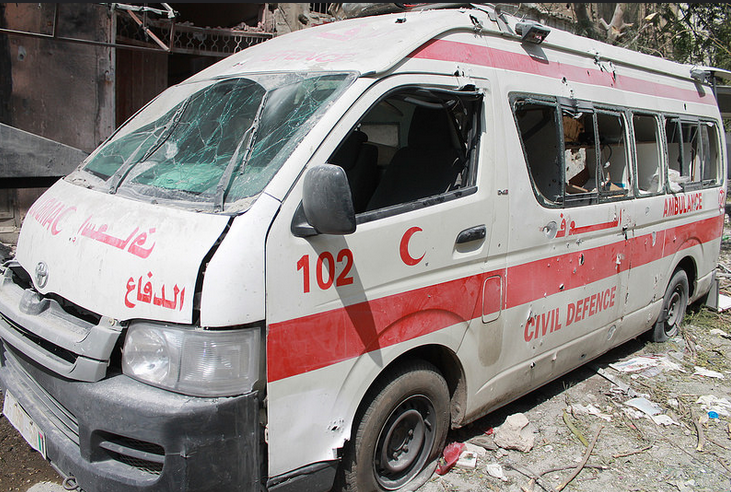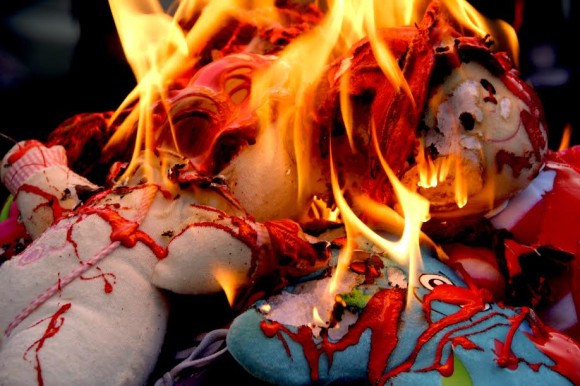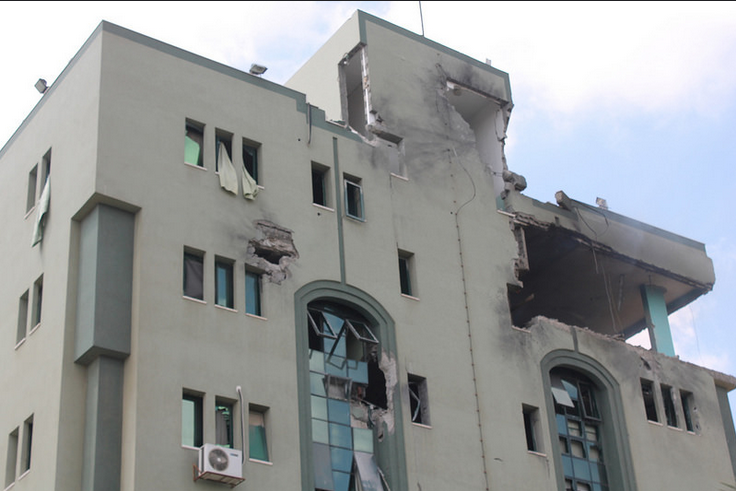Category: Gaza
-
Human rights defenders under live fire, one dead
20th July 2014 | International Solidarity Movement | Gaza, Occupied Palestine The Israeli military just shot a Gazan man trying to reach his family, during an announced ceasefire. He was with a group of municipality workers and international human rights defenders who were attempting to retrieve injured people in the Shajiya neighbourhood. “We all just watched a man…
-
‘Jews Against Genocide’ hold memorials for killed Palestinian children in front of Israeli govt buildings around the world
19th July 2014 | Jews Against Genocide, posted here | Occupied Palestine Jews Against Genocide (JAG) held a memorial service in front of the Knesset for Palestinian children killed by Israel in its current attack on Gaza. A pile of bloody dolls was placed at the Israeli Parliament and at other locations around the world. In…
-
El-Wafa hospital staff attempted to retrieve medicine
19th July 2014 | International Solidarity Movement| Gaza, Occupied Palestine Hospital staff and international activists, from the U.S., Sweden, and the UK, attempted to travel to the recently bombed el-Wafa hospital, in an attempt to retrieve salvageable medical supplies. When they arrived at the hospital it was, “still smoking from the attack this morning.” Stated U.S. International…



